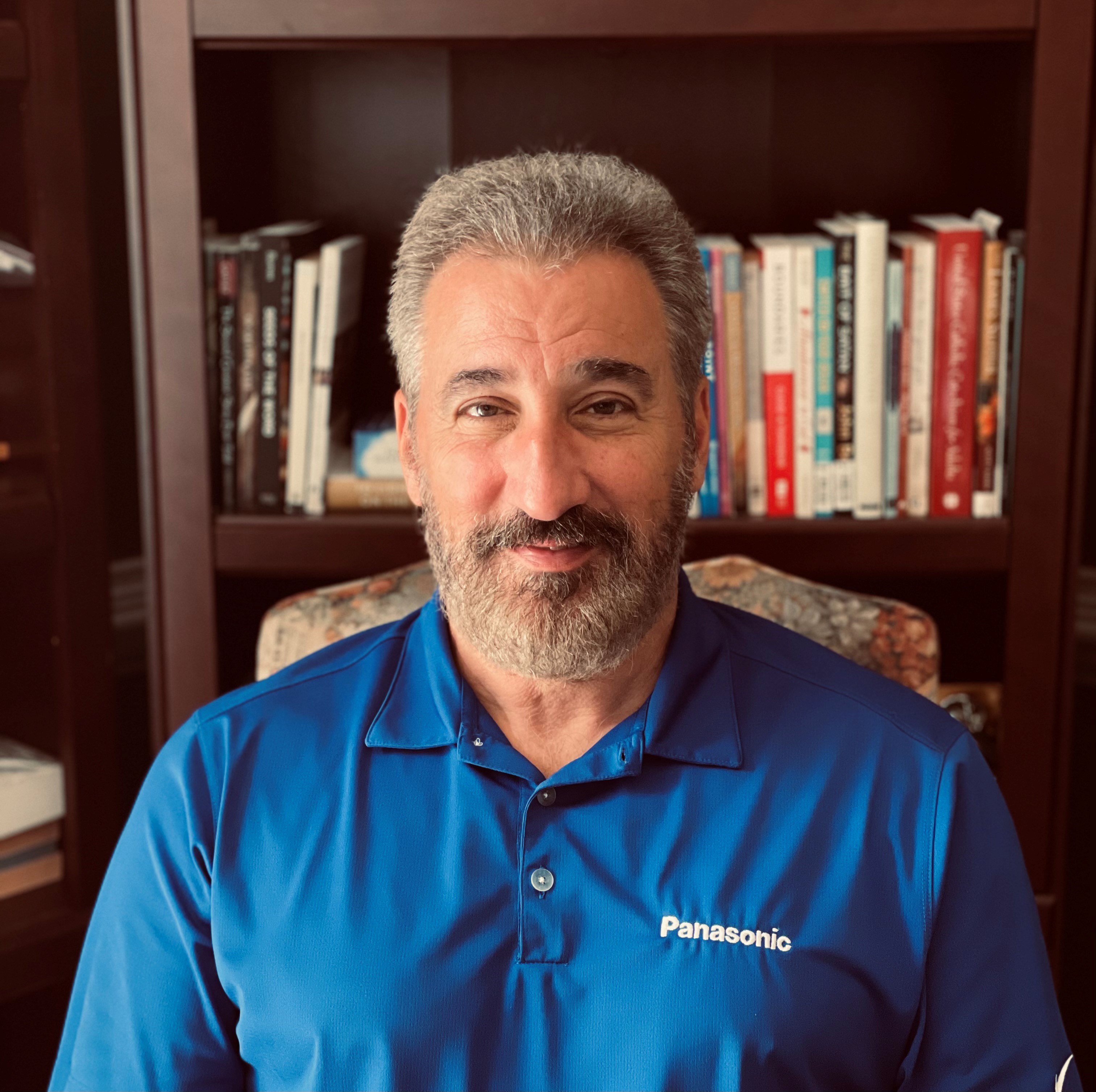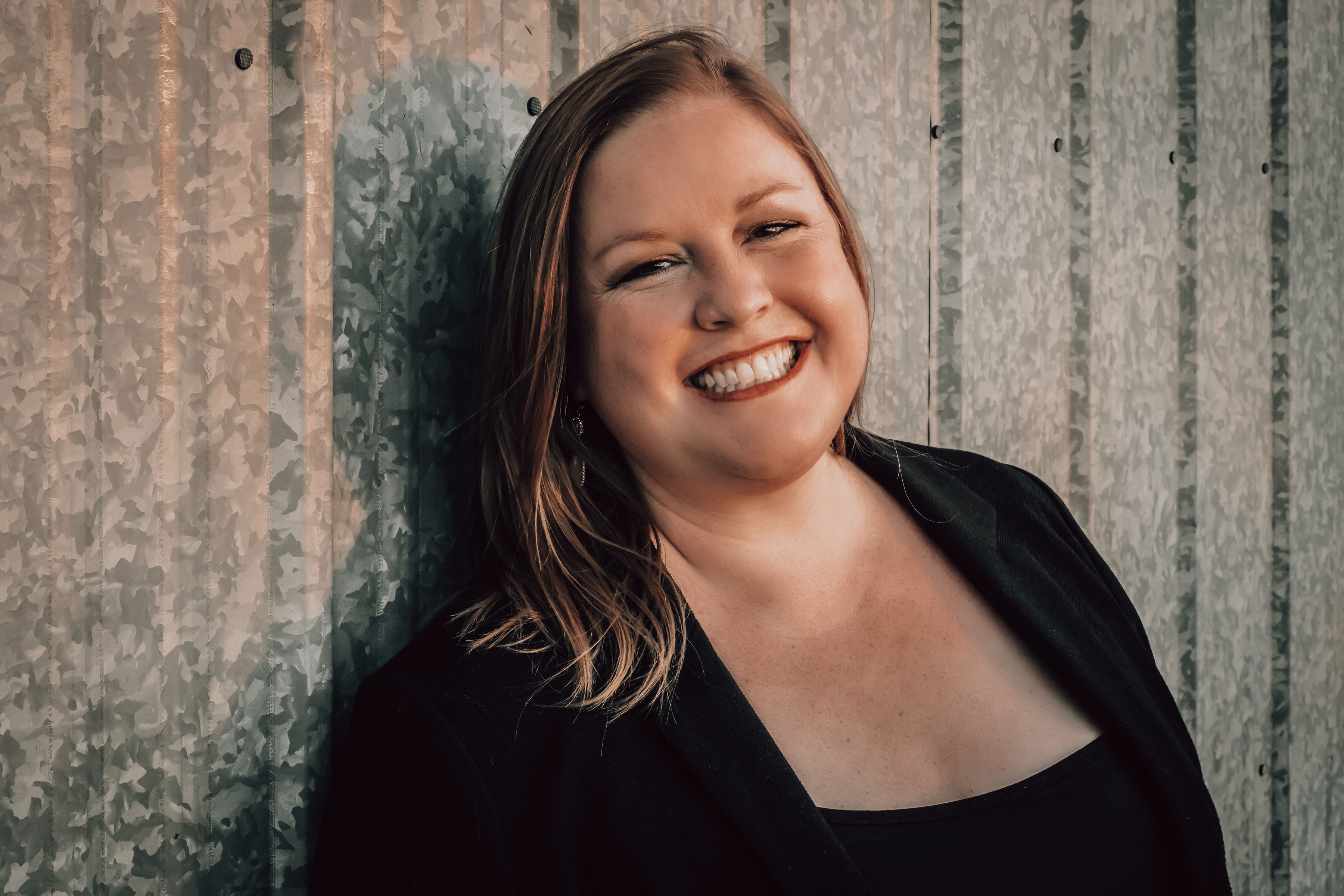Quick Bio

Name: Rob Goldberg
Position: Director, Visual Systems
Company: Panasonic
Overtime: In his off time, Goldberg enjoys taking road trips on his Harley-Davidson motorcycle, floating on the water in his new boat, playing sports, and spending time with family.
SCN: Tell us a little bit about your career journey and how you got into the AV business.
ROB GOLDBERG: Interestingly enough, my career started off in a completely different area of focus. I received a bachelor’s degree in mechanical engineering from the University of Pittsburgh and later a master’s of business administration from Duquesne University. I worked 13 years in the power generation industry for Westinghouse Electric Corp., focusing on both the nuclear and fossil global market segments, until the industry began to deregulate.
In 1999, I accepted an opportunity to work with Apple, which was my jump into educational technology. I spent six-plus years working on creative projects/solutions that were mostly focused on the K-12 market segment.
[The Integration Guide to Education]
From there I moved to Promethean World, where I remained for over a decade. The team built the company from about $20 million of revenue in 2006 to $250 million of revenue in 2010. I was president of Promethean U.S. for my last six years until NetDragon Websoft bought out the company. I saw that as my opportunity to explore other areas of interest, as the company was heading in a new direction.
SCN: What made you join Panasonic and how have you evolved since joining the company?
RG: I connected with Panasonic in 2018 through a colleague from both Apple and Promethean. I joined because of the strong company culture, established brand name, and overall industry presence.
I believe that the pandemic made evolution inevitable. It has changed many companies’ processes. My particular organization is no exception.
The mantra I have been promoting among my team is “reinvention.” We were accustomed to a certain set of stable footprints prior to the pandemic throwing us into a tailspin. The opportunity it provided, however, was to land the business in a new set of footprints. It is rare for industries to experience a worldwide event that affects so many different routines as COVID-19 did. I believe it is critical to take full advantage of these moments in time.
[The Integration Guide to AV in a Post-COVID-19 World]
My team has been challenged to change the paradigm and look at both the markets and our technology in different ways—like identifying new ways to use AV technology to support remote meetings or hybrid education. We are evolving and moving away from a primarily hardware-based business to focus on becoming a more solutions-oriented business. This will help us to broaden and diversify our market portfolio.
SCN: What are some trends you’re seeing in the entertainment space (stadiums, museums, etc.) and how can integrators capitalize on those trends?
RG: There is pent-up demand for people to get back to outside experiences. Even as in-person entertainment returns, though, there will continue to be a remote aspect. Stadiums, museums, and live entertainment venues have become creative in finding ways to bring immersive experiences to all audiences. Integrators can capitalize on these trends by showing how they can make the experience not only safe, but adaptable. Panasonic is focusing on finding creative ways to bundle products/services—both in-house and with third parties—to provide integrators with the tools needed to create these new environments.
SCN: Can you share a tip about how to best balance technology and design?
RG: A key factor is understanding that it’s not only about the technology; just as important is how you use the technology. To create the balance, companies should first understand the trends, needs, and desires of the market. Tying innovation and design to those aspects is key to providing products and solutions that maximize the positive impact on the end users, particularly in a transitional time. Looking long term, we want to continue to provide these solutions and others in the most cost-effective manner possible, with the highest level of quality, customization, and flexibility. We already partner with technology innovators like Intel, Microsoft, LG, Samsung, BrightSign, and others—as well as third-party API partnerships and integrations with some of the most commonly used platforms and software on the market. We want to continue building new relationships and partnerships to advance our mission of making it easy for anyone to add experiential, interactive technology to their facility.
SCN: Where do you see the AV industry heading?
RG: As discussed, the AV industry has already started to head down the path of creating more immersive experiences, and that will continue to be a large focus moving forward. We will continue to see businesses becoming more creative with how they produce visual and sound experiences. You have to find the right balance between remote, hybrid, and in-person functionality, and that balance will be unique to the particular business segment. There is no doubt that the way we operate post-pandemic will be different from pre-pandemic.
SCN: Are you working on any innovations that you can share with us?
RG: Panasonic is working on amplifying our solutions by providing not only the technology, but the support system around it. An education industry example is Project Moonshot based on the T3 Framework for Innovation [formulated by Sonny Magana, Ph.D.]. It’s a sweet spot of where technology, learning, and pedagogy meet. Based on principles of how people learn, we embed these tools into Panasonic’s solutions, so educational institutions are able to use the technology in the most reliable way possible to improve learning outcomes.
For live experiences, we are enhancing KAIROS, our next-generation live production platform, to enable a variety of production environments to increase productivity and deliver high-quality live content. Panasonic is pulling everything together to enable these different experiences, while also looking for new ways to use the technology.
Click here to read more stories from the June 2021 issue of SCN.
